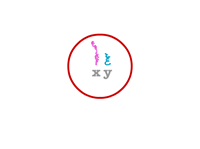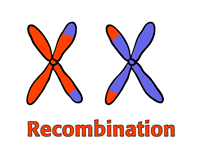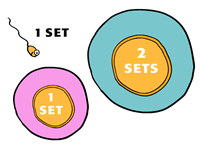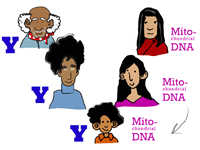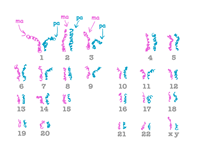
Genetic Similarity: We All Have the Same Genes
Each person has the same set of genes - about 20,000 in all. The differences between people come from slight variations in these genes. For example, a person with red hair doesn't have the "red hair gene" while a person with brown hair has the "brown hair gene." Instead, all people have genes for hair color, and different versions of these genes dictate whether someone will be a redhead or a brunette.
